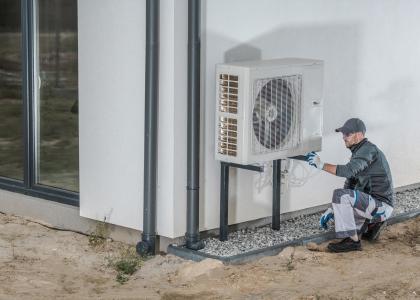In-home energy efficiency programs can do a lot to improve people’s health, especially for vulnerable families. A disproportionately high number of low-income households and families of color live in inadequate housing conditions and suffer from chronic diseases exacerbated by these conditions, both of which can be mitigated by in-home energy-saving programs.
In a new report, released today, ACEEE looks at 63 efficiency programs across the United States that are attempting to track health outcomes. We find these programs have no standardized method or level of rigor to track health outcomes and, on average, track only four or five of the nearly two dozen health indicators we identified.
Most programs that we surveyed do initial home audits and post-intervention assessments, but they vary considerably in how and what they track, according to our report, Protecting the Health of Vulnerable Populations with In-Home Energy Efficiency: A Survey of Methods for Demonstrating Health Outcomes.
Better tracking is needed, because homes can have a big impact on our health. In-home efficiency programs can improve housing conditions, reduce exposure to extreme temperatures, air pollution, mold, and pests, and strengthen the financial security of vulnerable families. They can also address basic safety measures such as handrails and include smoke, radon and carbon monoxide detectors — measures that save lives.
However, knowledge and technical gaps between energy- and health-sector advocates still pose a significant barrier to action. By documenting health outcomes, program administrators are better positioned to form cross-sector partnerships with hospitals and other health care providers. They may also be able to unlock new sources of funding earmarked for preventive health care measures. Program administrators could take a number of steps to better assess and communicate the health impacts of their efforts, including adopting a set of standards or a framework for decision making about what information to collect and how to report it.
This report highlights some important steps, but there is more program administrators could be doing to protect public health. In the coming months, ACEEE will provide new research and technical support to help communities, policymakers, and health and environmental advocates build cross-sector partnerships and incorporate best-practice program design.
We also welcome you to attend our second Conference on Health, Environment, and Energy in New Orleans this January. The event will recognize successes from programs across the nation and bring together innovative thought leaders to explore topics of equity, funding, program design, climate change and more. Register soon as we expect this popular event to sell out!





